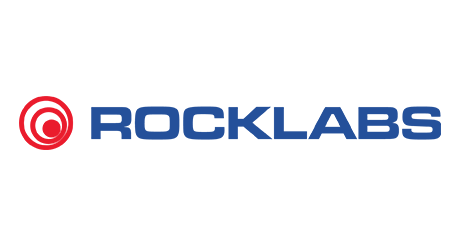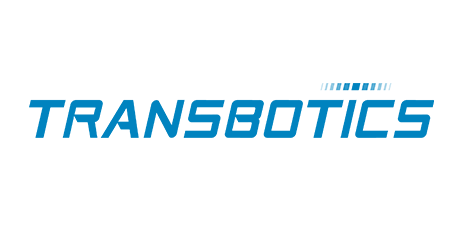Select your region / language
Robofuel
Scott Robotic refueling eliminates human risk by removing the need for manned fuel tanks. By removing the manning requirement, Robofuel can be placed “on the circuit” or even “in-pit” allowing for a significant reduction in time dedicated to and from fuel stations.
Robofuel uses a state-of-the-art vision sensing and detection system allowing the robot to locate the position and orientation of the truck’s fuel tank. This information is used to couple the fuel nozzle with the tank. Fuel spillages are minimised through the controlled coupling and pumping, mitigating the risk of environmental contamination.
Specifications:
Operating costs
Eliminates personnel requirement such as those stationed on site at fuel stations or mobile equipment and allows the driver or a remote operations centre to supervise and confirm activities.
Productivity
Can be targeted either at increased volume movement, or rationalisation of a fleet to achieve production targets with fewer vehicles.
Safety
Reduces exposure to hydrocarbons and repetitive strain injuries by removing manual nozzle and hose handling. Interactions between personnel and vehicles are minimised, as is exposure to potential tyre failures and falling objects.
Flexibility
May also be utilised for mobile applications including the replenishment of drills and excavators, and in other sectors including road, rail, marine and aviation. Self-contained Robofuel and tank modules are relocatable as the mine workings develop. Robofuel is configurable to suit all commercial fuel nozzles and receivers with no additional equipment required on the vehicle.
Reliability
Robofuel used climate control and ingress protection systems to ensure reliable operations across hot, dusty, cold and wet conditions. Movement detection during fill cycle detects and detracts in the case of inadvertent drive-offs.
Cleaning and automated washing options are available to ensure consistent and contamination free connections even in extreme operating temperatures.




